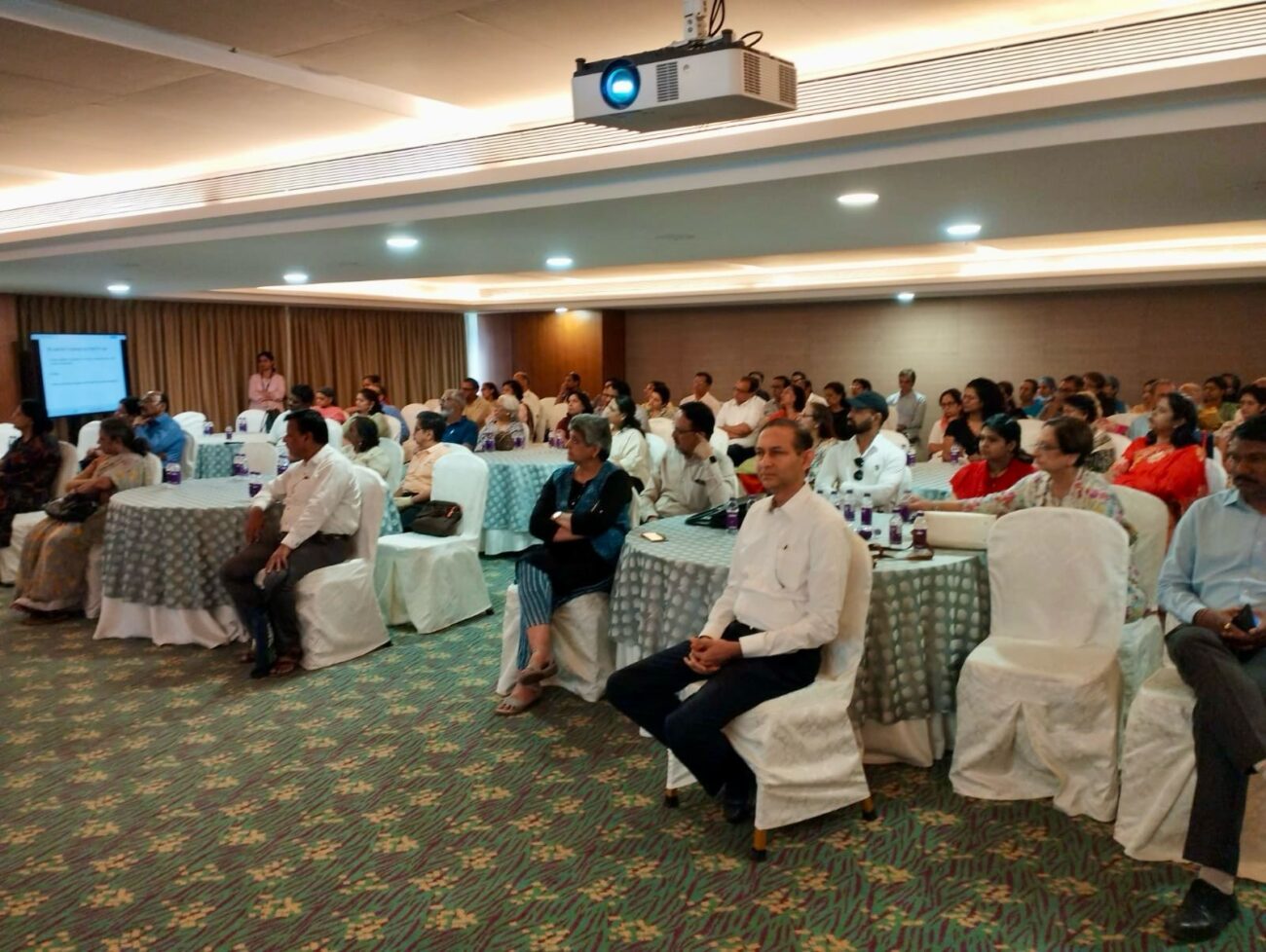RSIP Vision Launches AI-Based Total Hip Replacement Solution
New Technology Provides A Precise Automated 3D Structure for Physicians to Better Plan Surgery RSIP Vision, a global leader in artificial intelligence (AI), computer vision, and image processing technology, announced today a new AI-based total hip replacement solution that
New Technology Provides A Precise Automated 3D Structure for Physicians to Better Plan Surgery
RSIP Vision, a global leader in artificial intelligence (AI), computer vision, and image processing technology, announced today a new AI-based total hip replacement solution that provides a precise, automated 3D structure of the patients’ hip for physicians to better plan surgery.
The new technology will create a precise fit of the new implant to best fit the patients’ body, enabling a better clinical outcome and an easier recovery. At the heart of the solution is a cutting-edge AI algorithm, that brings new capabilities to the world of Orthopedy.
A total hip replacement is a surgical procedure where the diseased cartilage and bone of the hip joint is surgically replaced with artificial materials. In the U.S. alone, there are 370,000 hip replacements performed annually and the volumes are growing each year. In most cases, the THA`s (Total Hip Arthroplasty) are performed because of progressive worsening of severe arthritis in the hip joint and in most cases osteoarthritis.
The hip is a complex anatomical region, which has a direct impact on a person’s posture and lower limb movement. Consequently, a hip replacement is an error- prone surgery and the precision level required for the surgery is very high. Even a minor displacement of an implant or inaccurate sizing and shaping of the implants can impact the posture of a patient, causing great pain from simple movements, functional limitations, and even additional surgeries.
Instead of relying on a surgeons’ personal experience, this new solution allows complex segmentation and landmark detection of the patient’s body structure, making the surgical planning much simpler, faster and accurate.
“THA became very common procedure nowadays, it is performed daily in most medical centers. Recovery and rehabilitation depend on planning the procedure and selecting the perfect implant, which is tailor made for each unique patient. This is time consuming and at the same time crucial for the success of the operation,” saysDr. Rabeeh Fares, Radiologist; Department of Diagnostic Radiology, Sourasky Medical Center, Tel Aviv. “From our perspective, a fully automated algorithm for segmentation of a diseased joint has become mandatory in our daily practice as it is far more accurate and time saving in comparison with a manual method.”





